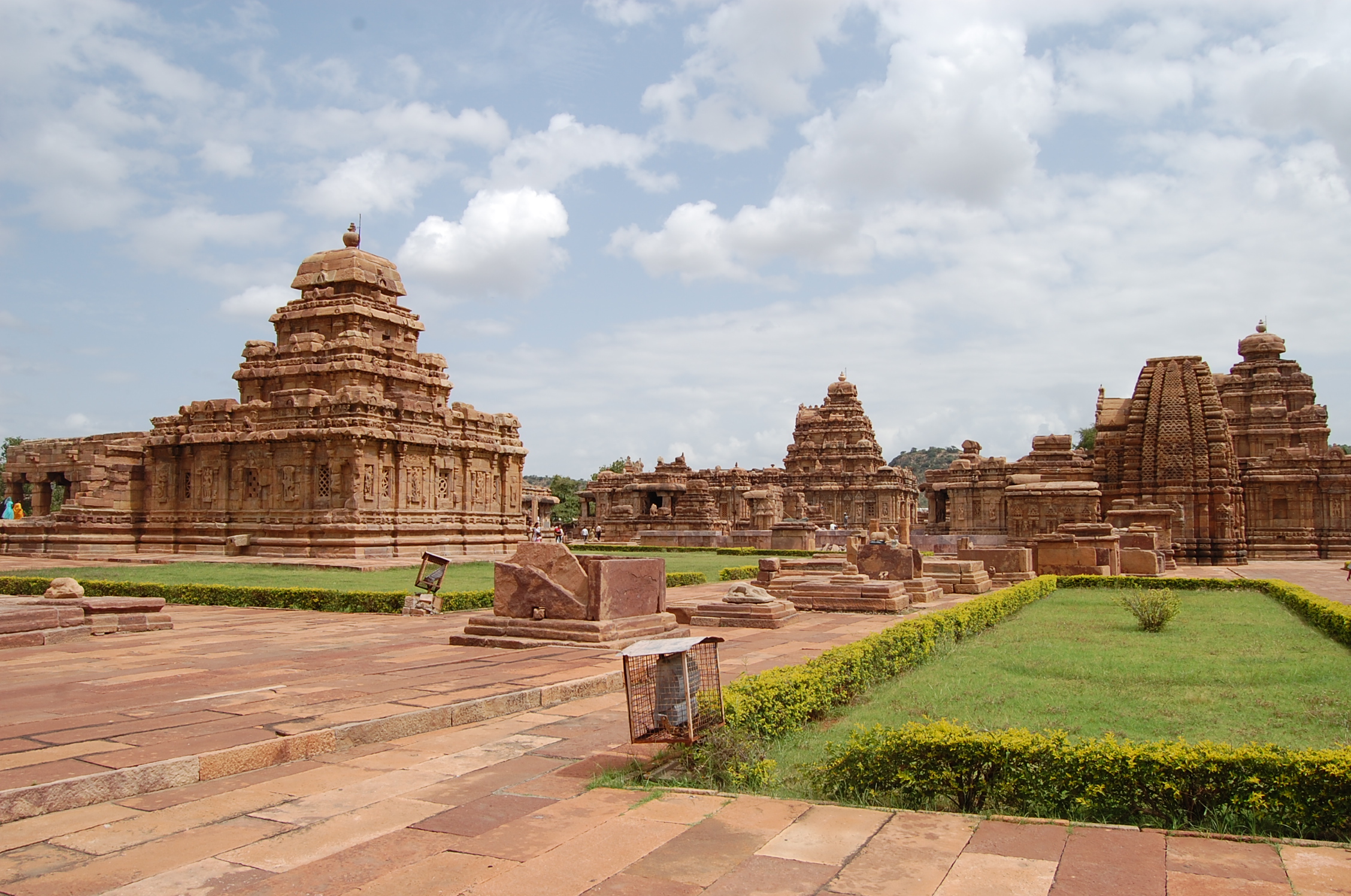Unveiling the UNESCO Designation: The Enigma of Pattadakal as a World Heritage Site
Nestled on the banks of the Malaprabha River in Karnataka, India, the architectural marvel of Pattadakal stands as a testament to the artistic finesse of a bygone era. Its intricate temples and sculptures have earned it the prestigious recognition of being a UNESCO World Heritage Site. In this article, we delve into the historical significance, the factors that led to its UNESCO designation, and the profound impact of Pattadakal becoming a World Heritage Site.

Tracing Back in Time:
Pattadakal, formerly known as Raktapura, flourished as a significant cultural and religious center during the 7th and 8th centuries under the Chalukya dynasty. This site served as the coronation place for Chalukyan kings and witnessed the convergence of different architectural styles, primarily Dravidian and Nagara.
Date of Designation:
The recognition of Pattadakal’s historical importance culminated in its inscription as a UNESCO World Heritage Site on August 22, 1987. This designation was a testament to the exceptional value the site holds in terms of cultural and architectural heritage.
Reasons Behind Selection:
The inclusion of Pattadakal on the list of World Heritage Sites is attributed to several pivotal reasons:
- Architectural Diversity: The temples of Pattadakal present an exquisite blend of various architectural styles, reflecting the cultural fusion of the times. This confluence of North Indian and South Indian styles resulted in a unique and harmonious architectural landscape.
- Religious Significance: Pattadakal is a treasure trove of religious heritage, with temples dedicated to both Hindu and Jain deities. The monuments provide a glimpse into the spiritual and cultural practices of ancient India, making it an invaluable historical archive.
- Sculptural Excellence: The intricate carvings and sculptures adorning the temples of Pattadakal showcase the masterful craftsmanship of the Chalukyan artisans. These sculptures depict mythological narratives, royal processions, and scenes from daily life.
Impact of World Heritage Designation:
The UNESCO recognition has ushered in significant impacts for Pattadakal:
- Preservation and Conservation: The World Heritage Site status has catalyzed efforts to conserve and protect the site’s architectural wonders. These initiatives ensure that future generations can continue to marvel at the grandeur of Pattadakal.
- Tourism and Economy: The designation has drawn attention from tourists and history enthusiasts worldwide, bolstering the local economy through increased tourism. This surge in visitors has led to the growth of local businesses and infrastructure.
- Cultural Exchange: Pattadakal’s UNESCO status promotes cultural exchange and dialogue among nations. It serves as a bridge for sharing India’s rich artistic and historical heritage on a global stage.
- Educational Value: The World Heritage Site recognition has stimulated educational initiatives, research projects, and awareness campaigns focused on the history, architecture, and cultural heritage of Pattadakal.
The journey of Pattadakal from a historical marvel to a UNESCO World Heritage Site epitomizes its enduring legacy. As we explore its temples and sculptures, we not only marvel at their grandeur but also acknowledge the responsibility to protect and preserve this heritage. Pattadakal’s UNESCO status serves as a beacon, guiding us to appreciate the depth of history and the artistry of ancient civilizations.




